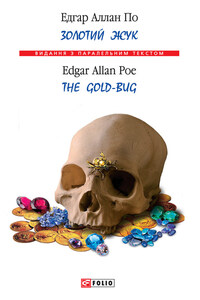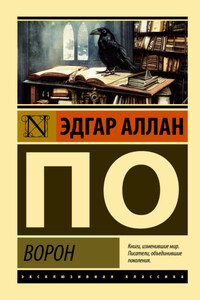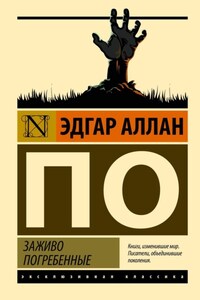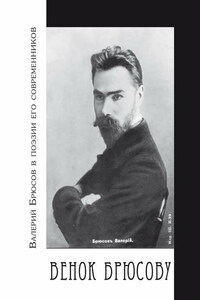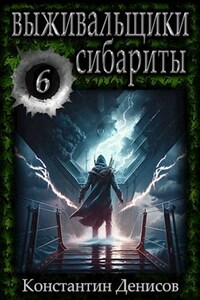© В. Н. Карасик, художественное оформление, 2017
© Издательство «Фолио», марка серии, 2011
* * *
The facts in the case of M. Valdemar
Of course I shall not pretend to consider it any matter for wonder that the extraordinary case of M. Valdemar has excited discussion. It would have been a miracle had it not – especially under the circumstances. Through the desire of all parties concerned to keep the affair from the public, at least for the present, or until we had further opportunities for investigation – through our endeavours to effect this – a garbled or exaggerated account made its way into society, and became the source of many unpleasant misrepresentations; and, very naturally, of a great deal of disbelief.
It is now rendered necessary that I give the facts – as far as I comprehend them myself. They are, succinctly, these: —
My attention, for the last three years, had been repeatedly drawn to the subject of mesmerism; and, about nine months ago, it occurred to me, quite suddenly, that in the series of experiments made hitherto, there had been a very remarkable and most unaccountable omission – no person had as yet been mesmerised in articulo mortis. It remained to be seen, first, whether, in such condition, there existed in the patient any susceptibility to the magnetic influence; secondly, whether, if any existed, it was impaired or increased by the condition; thirdly, to what extent, or for how long a period, the encroachments of Death might be arrested by the process. There were other points to be ascertained, but these most excited my curiosity – the last in especial, from the immensely important character of its consequences.
In looking around me for some subject by whose means I might test these particulars, I was brought to think of my friend, M. Ernest Valdemar, the well-known compiler of the «Bibliotheca Forensica,» and author (under the nom de plume of Issachar Marx) of the Polish versions of «Wallenstein» and «Gargantua.» M. Valdemar, who has resided principally at Harlem, N. Y., since the year 1839, is (or was) particularly noticeable for the extreme spareness of his person – his lower limbs much resembling those of John Randolph; and, also, for the whiteness of his whiskers, in violent contrast to the blackness of his hair – the latter, in consequence, being very generally mistaken for a wig. His temperament was markedly nervous, and rendered him a good subject for mesmeric experiment. On two or three occasions I had put him to sleep with little difficulty, but was disappointed in other results which his peculiar constitution had naturally led me to anticipate. His will was at no period positively, or thoroughly, under my control; and in regard to
